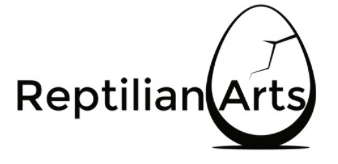Welcome to the world of exotic pets. These animals can be intimidating for beginner keepers as they require much more complex and precise husbrandy compared to cats and dogs. Reptiles especially need very specific setups that replicate a slice of their natural habitat. We created these care guides to help keepers of all levels prepare for the responsibility of their new exotic pet. Each section will cover the basics of enclosure setups, feedings, handlings, and even common health problems you may face. By learning with us, we hope your new life long friend can live a happy, enriching life in your care!

















